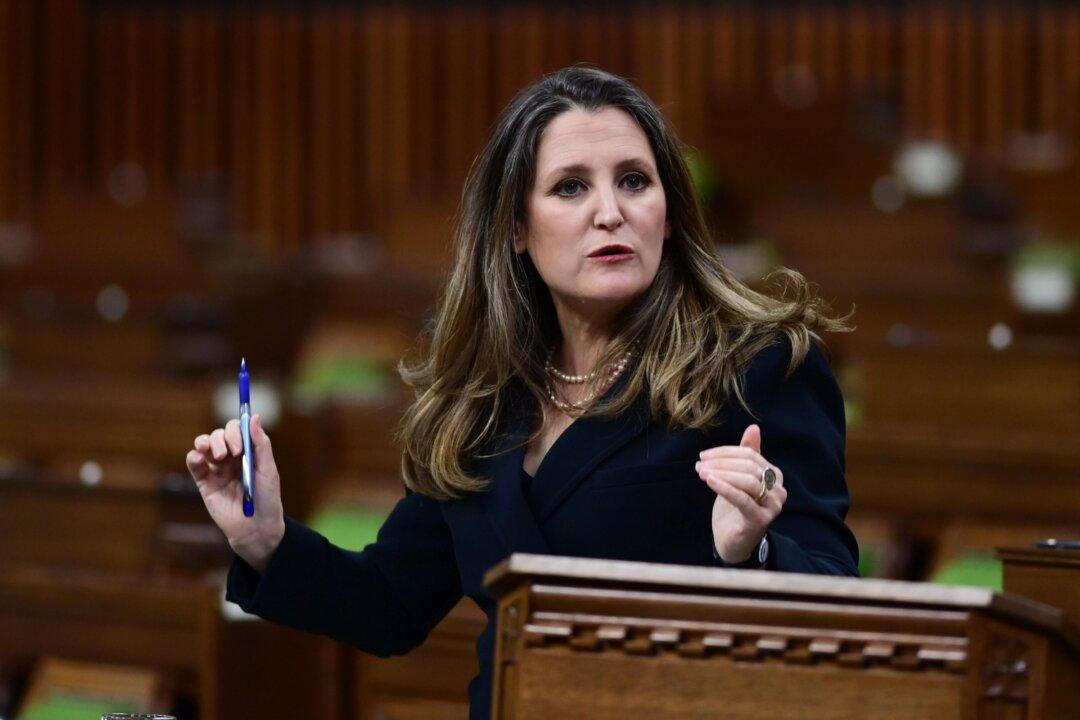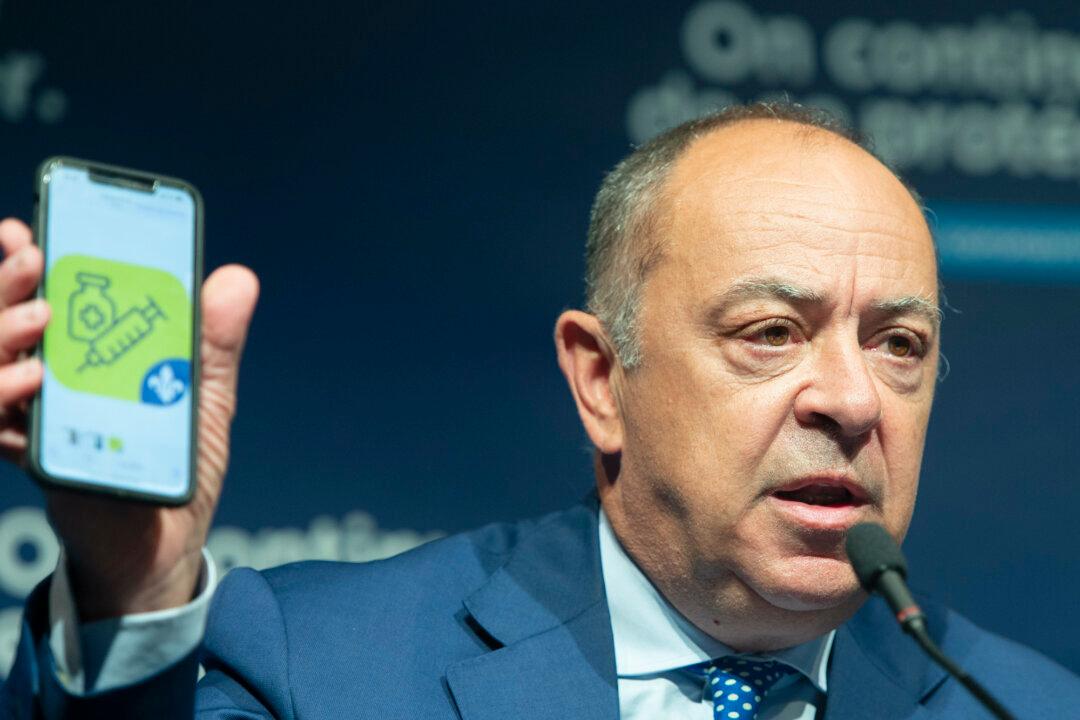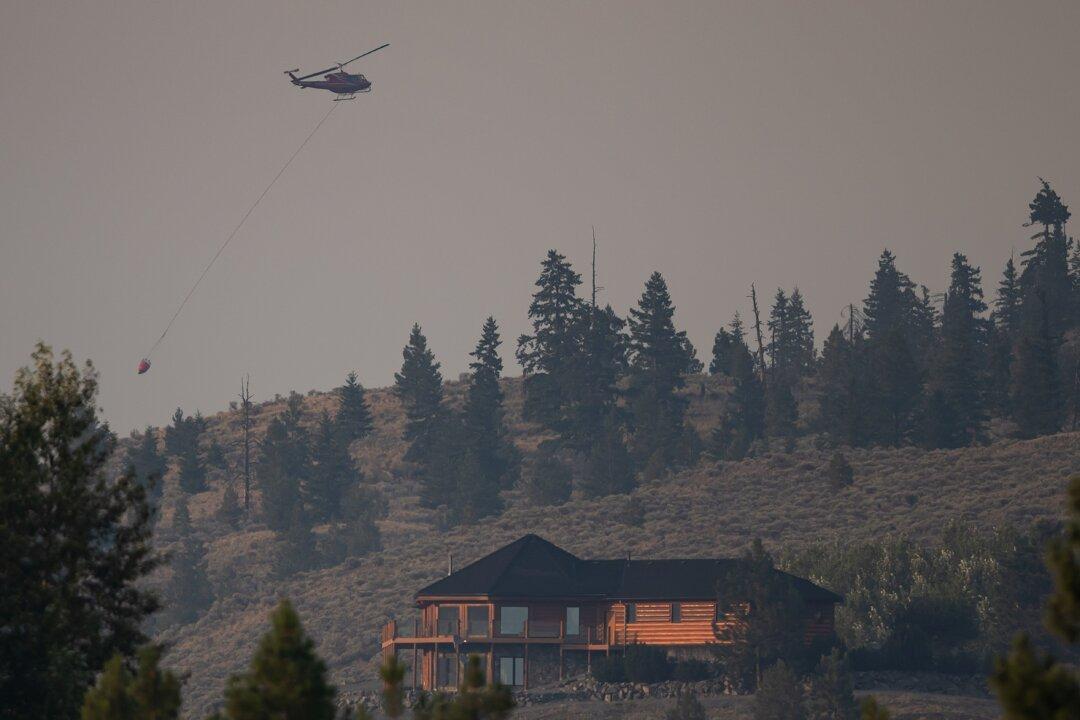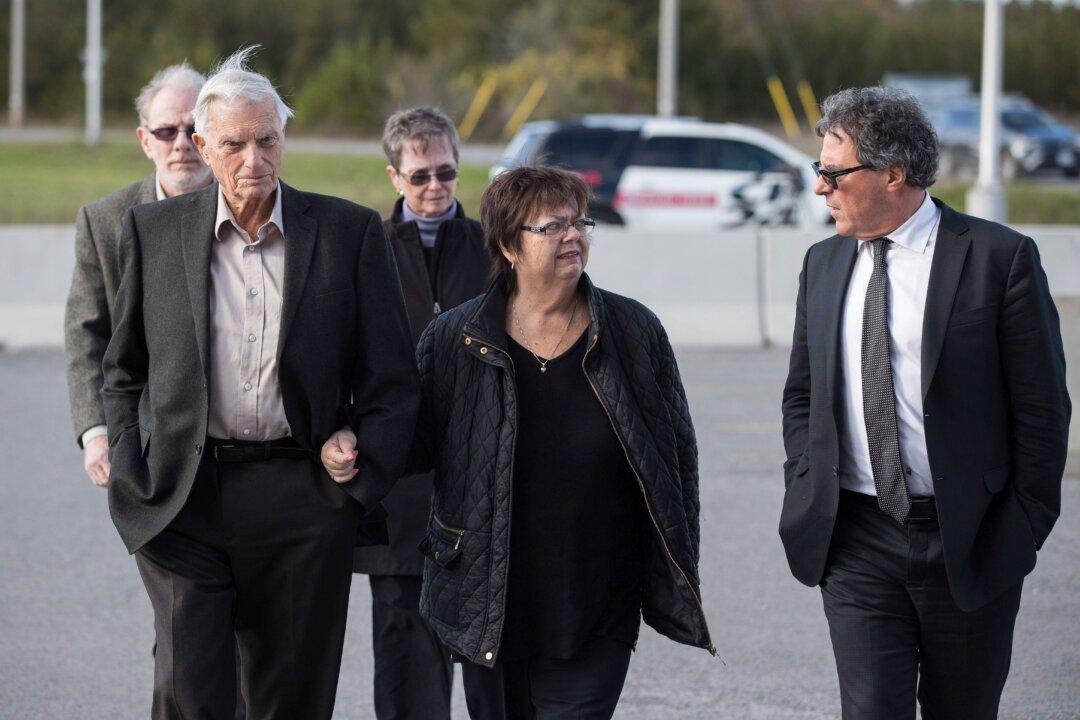Continued deficit spending in this week’s federal budget, the first in two years because of the pandemic, is likely to inflate an already-expanding public service that has grown 11.5 percent, or by more than 39,000 full-time equivalent employees, in the five years between 2015–16 and 2019–20.
“There was a huge downsizing under Chretien, and then Harper held the line. And what’s happened is basically all those layoffs or downsizing—it’s all been reversed, plus-plus,” Carleton University business professor Ian Lee said in an interview.





